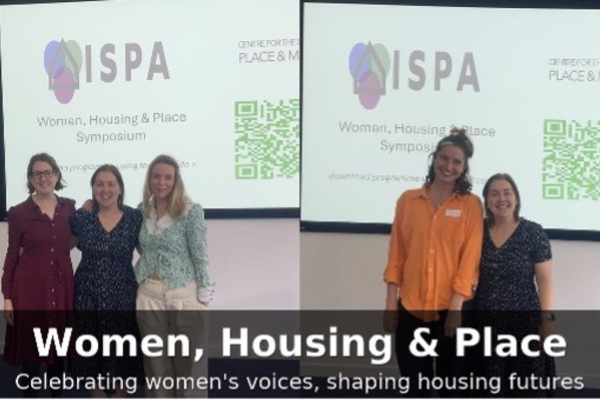Following the 2016 Housing Studies Association conference, Jules Birch – freelance writer and journalist, and doctoral student at the University of Bristol – reflects on the different approaches academics and journalists take to understand housing.
This year’s HSA conference was a rare chance for me to spend a few days thinking about something other than the day job and escape what seems like an ever-accelerating cycle of news and policy announcements.
The subject was still the same of course – the difference lay in ways of looking at the world in general and housing in particular. That’s something I’ve been thinking about a lot as someone who is both a freelance journalist and a part-time student slowly (very slowly) working towards his doctorate at Bristol.
The differences are obvious in some ways and will be annoyingly familiar to academics who’ve had their work taken out of context in the press. Peter Kemp came up with the example of one small line in a table being spun as the story in his plenary talk on the local housing allowance. Others will know the feeling when research findings they know have real significance sink without trace in the media.
From the other side of the fence, journalists express frustration at academics who talk or write in incomprehensible language and use 100 words where 10 would do. ‘Why can’t they just tell me the story?’ they say, too busy to turn a 100-page report into a 400-word news story.
There are many ways of deciding what’s news but at the most basic level news is what’s new. Journalists report events and look for new angles or they look for new ways to package an issue to explain it better.
In some ways, that’s not so very different from what researchers do and there are definite similarities in some approaches. Think, for example, of ethnographic approaches and fly-on-the-wall documentaries, or of the expansion of ‘data journalism’. Or of the chance that as a researcher or journalist someone covering the same topic as you publishes first.
In other ways though the two are very different. Where journalists tend to look at things in front of them, and good ones look in shadowy corners, under rocks or even in Panama, researchers in social science talk about using different lenses. They might look at things from miles away to gain perspective or use a microscope to investigate it up close and in detail. They might even turn round to take a fresh look at something behind them or ask a French philosopher what they think. That’s mostly positive but it’s partly why academics can sometimes be accused of living in ivory towers at the same time as they gaze at their navels.
That range of perspectives seems to me to apply particularly to housing studies because it covers so many different disciplines. That was reflected in the huge range of subjects and approaches taken at the conference.
The paper that got me thinking along these lines was one by Adam Stephenson on ‘lost worlds of welfare’ in the early careers stream. What London councils do about homelessness makes the national press and the particular policies they adopt can make the specialist press (though I can’t find anything in Inside Housing about Ealing’s ‘nudge’ approach). Adam’s project is still at an early stage but from the huge divergence in approaches to the same problem taken by different authorities it certainly looks as though different local welfare regimes are emerging. It was a great example of how a different approach can open up a new way of looking at a familiar subject.
That might be an obvious point but it hadn’t occurred to me in quite that way before. Once it did I spotted the same thing everywhere. Sometimes it was an international perspective that threw new light on familiar issues: the very different idea of a ‘starter home’ in Austria in Harald Stoeger’s paper; the breakdown of unitary rental systems explored by Mark Stephens; the rise of the long-term renter in Australia covered by Hal Pawson; Tom Moore’s session on private renting in Ireland; and Lena Simet’s exploration of the affordability crisis in New York.
Back in the UK, Kim McKee (and others in the discussion after) had a useful note of caution about the idea of ‘Generation Rent’ that is now embedded in media discourses about housing. Nicky Morrison took a close look at what’s happening in the rapidly changing world of large English housing associations (a subject so current that the largest-ever merger was announced on the day she was speaking). And there were more theoretical perspectives from John Flint and Tony Manzi.
In the very first session Christina Beatty presented her work on the regional impacts of welfare reform that seemed almost to have been reverse engineered from government data.
And speaking of different perspectives, they were most obvious in the plenary session I chaired on housing futures: first between England and Scotland, with Robert Black on the work of the Housing and Wellbeing Commission that’s proved to be so influential in Scottish politics; next, within England, with opposing views from Chris Walker of Policy Exchange and Anna Minton of UEL.
Back in the day job, I’ve blogged about that session for Inside Housing while Ken Gibb beat me to the story of the conference on his blog. Thanks once again to the HSA for a great conference that often left me wishing I could have been in two or three rooms at once. Now to get back to that doctorate…
Follow Jules on twitter: @jules_birch
Follow HSA on twitter: @HSA_UK






